Climate change is an urgent issue that requires immediate action. It’s easy to feel overwhelmed by the magnitude of this problem – but if we break it down into smaller steps, we can make meaningful progress in safeguarding our planet for future generations. Preparing for climate change involves rethinking how we live day-to-day and making intentional changes to reduce our carbon footprint. From reducing energy use to adopting sustainable practices for food production, there are many ways to prepare for climate change. The key is to start small and build on your successes until you’re living a more sustainable lifestyle. Let’s discuss how to prepare for climate change and empower ourselves to make positive changes today.
How to Prepare for Climate Change in Simple Ways
What's in this article...
1. Plant native species of trees and plants
Nature is the first line of defense against climate change, so nurturing and protecting our natural environment is important. Planting native species of trees and plants helps to maintain biodiversity and keeps ecosystems functioning properly. By adding these trees and plants to nature reserves, wetlands, and urban areas, they can do their part in fighting climate change by absorbing carbon dioxide from the atmosphere, providing shade from the sun, and reducing water runoff. Additionally, native flora tends to be more resilient to extreme weather conditions, such as floods and droughts.
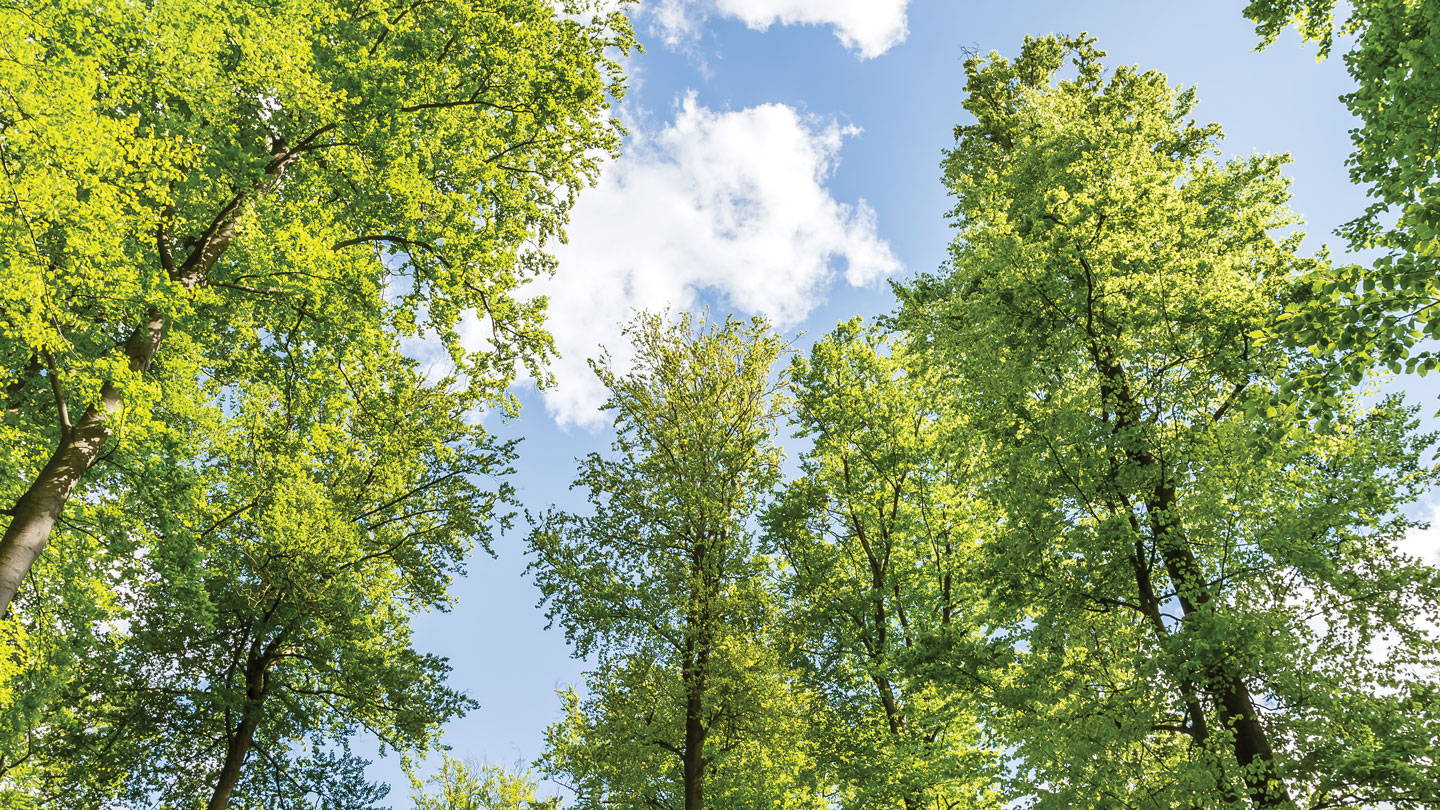
Image Credit: Science News
2. Reduce your energy consumption
This is how to prepare for climate change. Reducing energy consumption is one of the best ways to fight climate change. It can help reduce harmful emissions from burning fossil fuels, limit pollution in our air and water, and save you money simultaneously! You can do several things: switch to LED lights, install efficient appliances, turn off electronics when not in use, use public transportation or carpool when possible, and invest in renewable energy sources like solar panels. Even small changes can make a big difference!
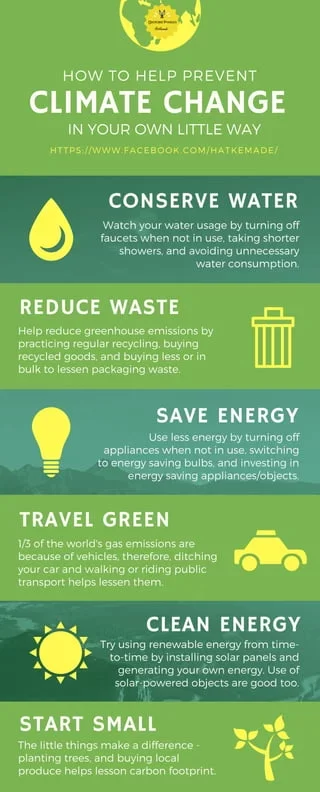
Image Credit: SlideShare
3. Eat a plant-based diet or reduce your meat consumption
Changing your eating habits can effectively reduce your carbon footprint. Reducing or eliminating meat from your diet is a great place to start. A vegan diet uses around half the land and water needed to produce an omnivorous one, producing less than 5% of the carbon emissions. Not sure if you’re ready to go all in? Start by switching out some animal products with plant-based alternatives or reducing your portion sizes. Every step counts.

Image Credit: chopra.com
4. Increase awareness of climate change and its effects
Raising awareness of climate change’s effects is essential to effectively tackle this global issue. Education and communication are key – communicating the dangers of climate change and what can be done to fight it. Everyone should be educated on reducing their own carbon footprint through changes in lifestyle, such as eating less meat, driving less, purchasing sustainable products, and reducing overall energy consumption. We must also ensure that politicians understand the importance of taking action now on climate change so that meaningful steps can be taken to address it.
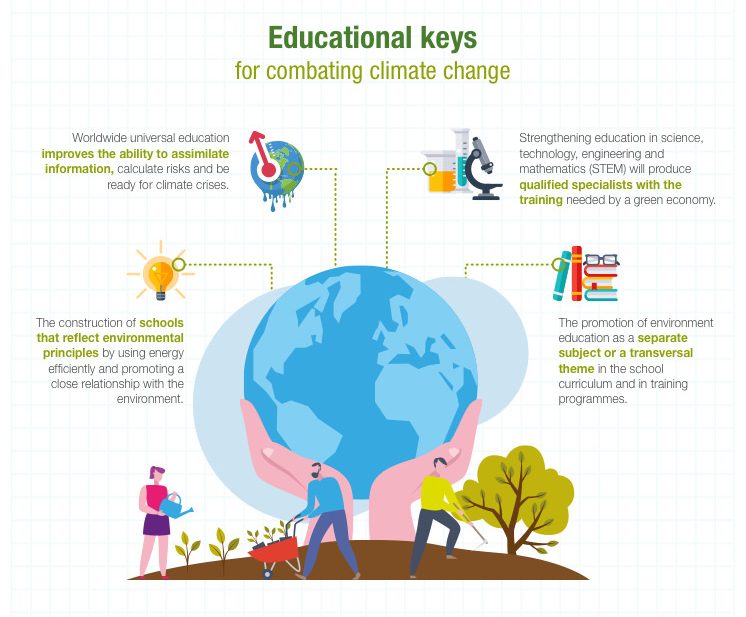
Image Credit: Iberdrola
5. Use renewable energy sources whenever possible
Switching to renewable energy sources whenever possible is an important way to prepare for climate change. Renewable energy sources like solar, wind, and geothermal not only reduce our reliance on fossil fuels—which contribute significantly to global climate change—but are far more sustainable sources of energy that can be tapped into indefinitely. Additionally, investing in renewable energy to power our homes and businesses can help boost local economies and create jobs in the green energy sector.
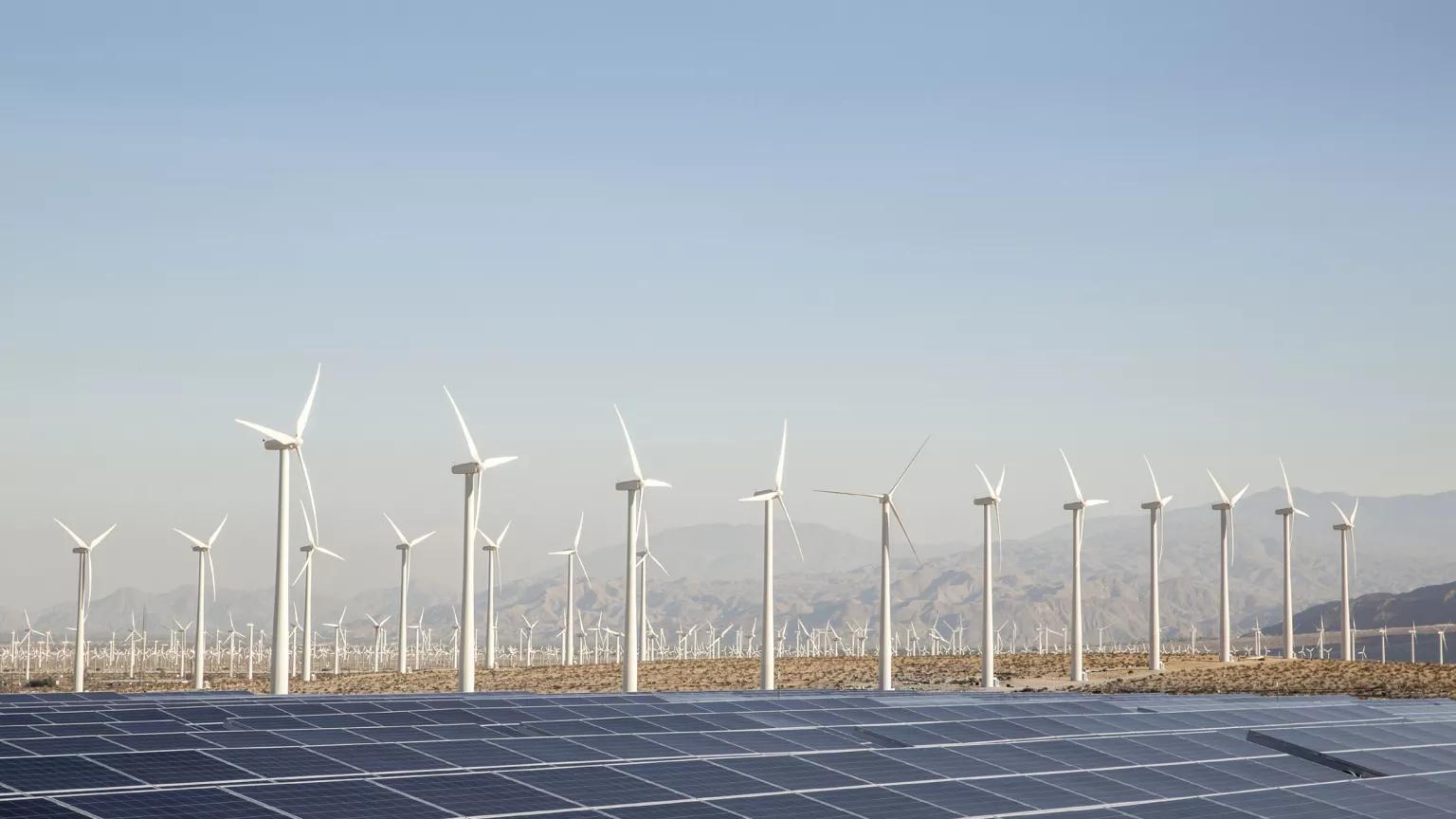
Image Credit: NRDC
6. Reduce, reuse, and recycle
This includes buying less-packaged products, shopping at bulk stores, and opting for eco-friendly materials whenever possible. When reusing items, consider upcycling things like old furniture and clothing by giving them a new purpose or finding ways to repurpose everyday objects instead of throwing them away. And when it comes to recycling, ensure you’re using curbside recycling bins and sorting your waste properly so that usable materials are being recycled back into the product cycle rather than ending up in landfills.
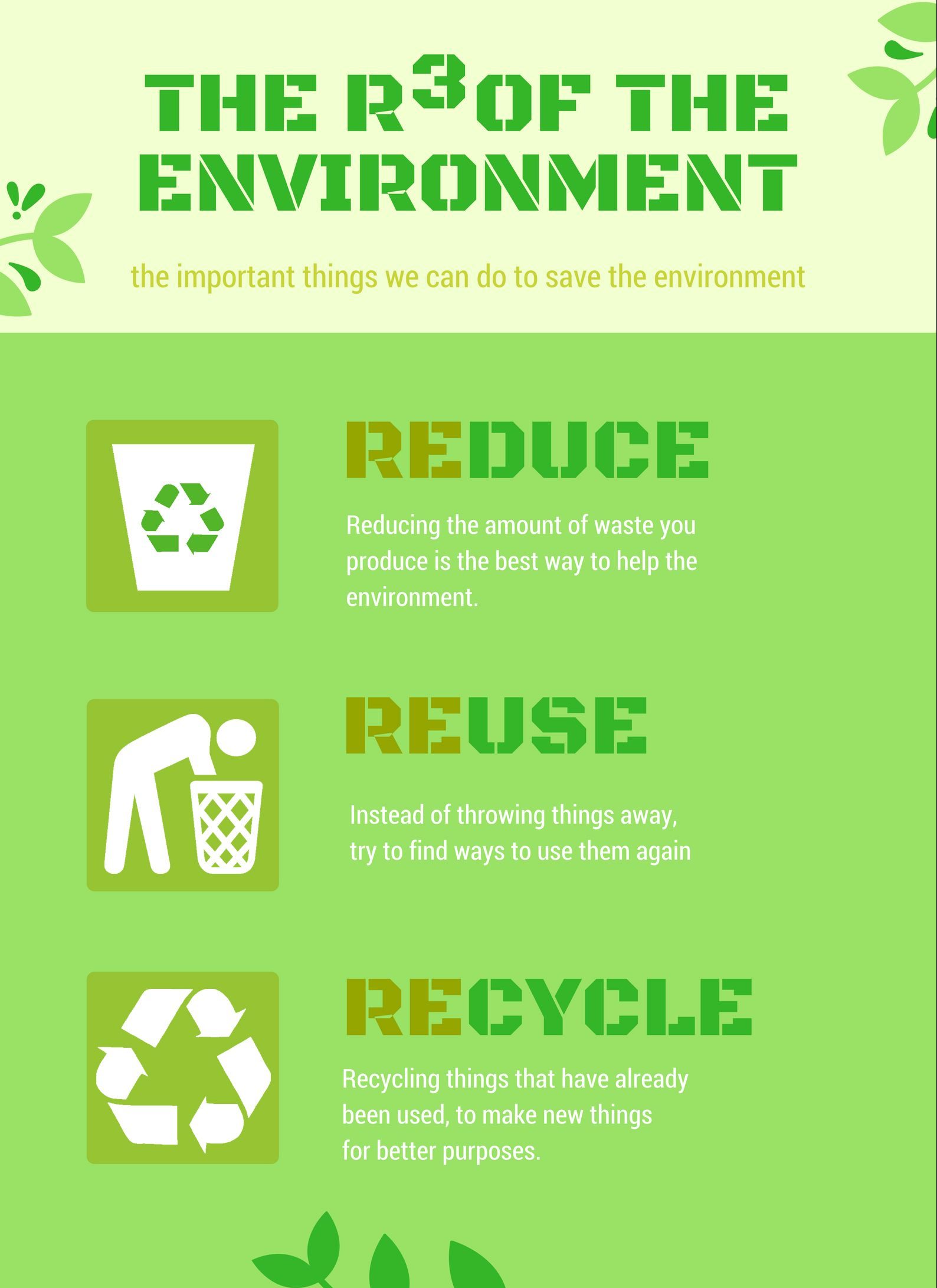
Image Credit: Pinterest
7. Conserve water
We’ve all heard the old saying, “Every drop counts.” When it comes to conserving water, this phrase couldn’t be truer. Reducing your water use can make a real difference in helping to combat climate change. Simple steps like taking shorter showers, turning off the faucet while brushing teeth or shaving, and fixing leaky faucets can go a long way. Collect rainwater in barrels to use in the garden and on outdoor projects, and consider investing in low-flow plumbing fixtures or other efficient appliances that consume less water.

Image Credit: The Dharma Trails
8. Take steps to reduce your carbon footprint
As individuals, we can take action to reduce emissions and shrink our carbon footprint by using more efficient modes of transportation, making smart energy choices, and supporting businesses with sustainable practices. Developing Eco-friendly habits such as packing a lunch instead of eating out, carpooling or biking to work, or reducing energy use when possible can have a huge impact. Supporting local green initiatives and utilizing renewable resources such as solar or wind power can also help keep harmful carbon emissions out of the atmosphere.
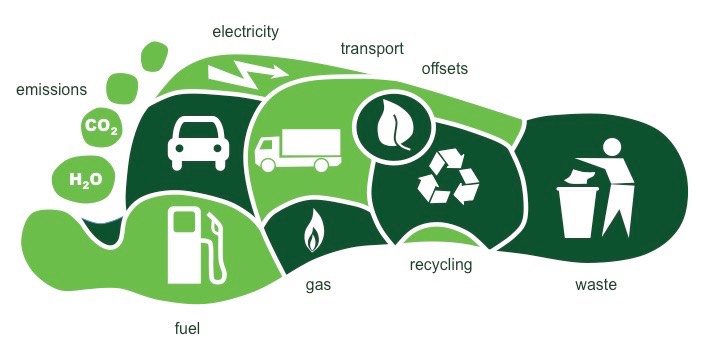
Image Credit: CO2 Living
9. Support green initiatives and organizations
Looking for how to prepare for climate change? One great way to get involved is to support green initiatives and organizations. From carbon offsetting programs to volunteer-led conservation efforts, these organizations are providing innovative solutions to reduce our collective environmental impact. Find something that speaks to you and get involved! Every bit helps.
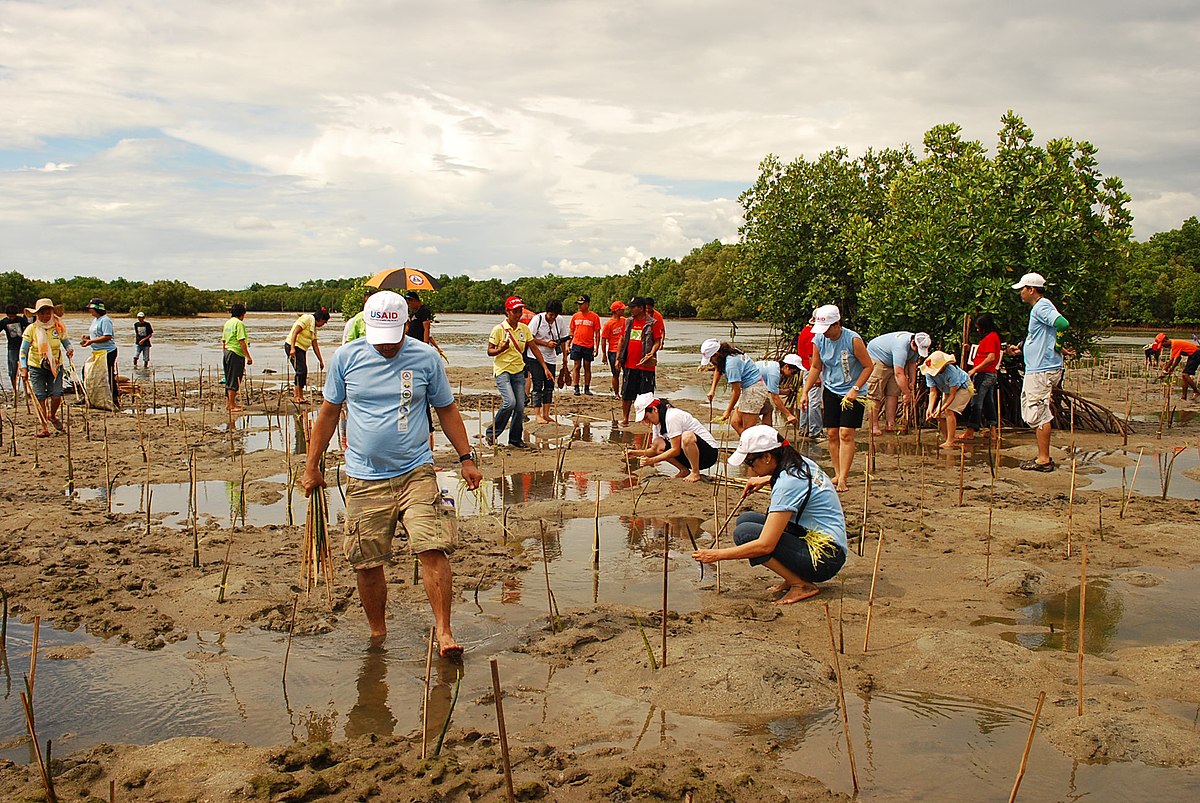
Image Credit: Wikipedia
10. Participate in local climate change initiatives
Local governments may take specific steps to protect against flooding, like creating flood control systems or planting vegetation along riverbanks. On a smaller scale, you can start preparing for disasters by storing food and water supplies, practicing home evacuation drills with your family, and creating a plan for staying in touch with friends and loved ones during an emergency. Through these actions, we can help limit the effects of climate change in our own communities. This is how to prepare for climate change.
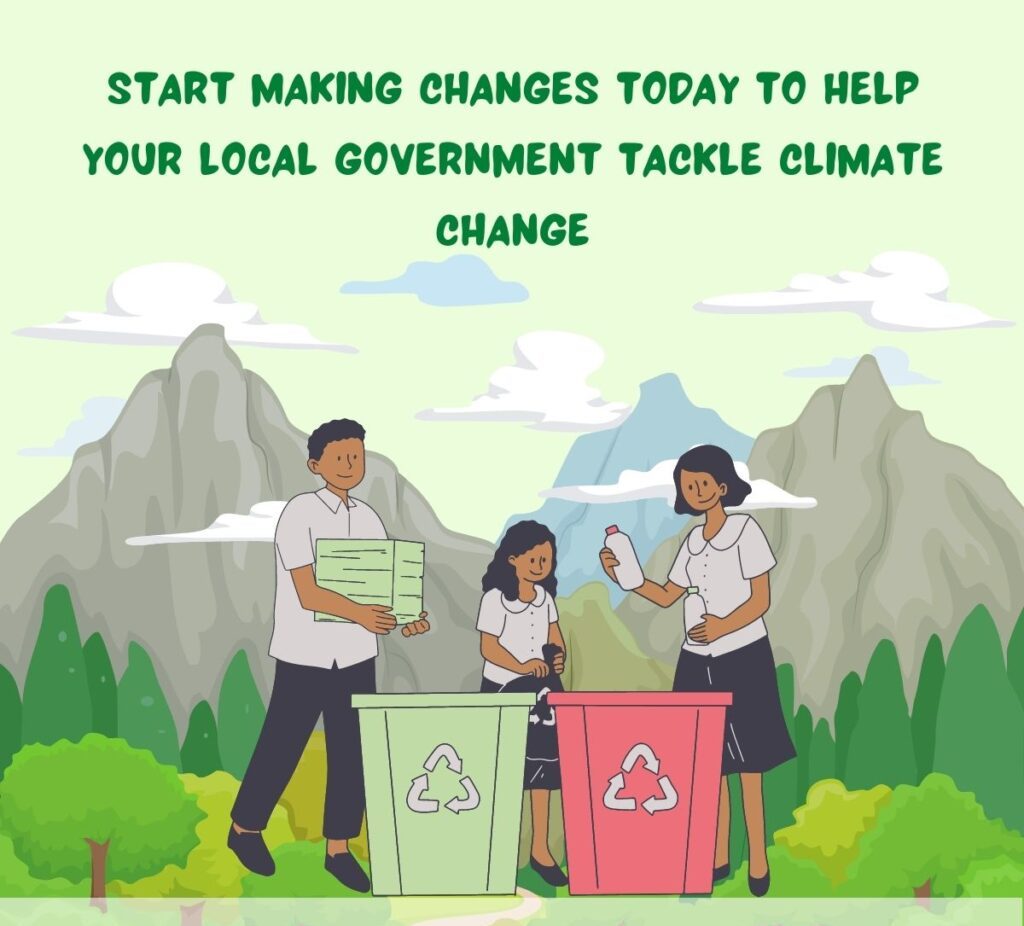
Image Credit: thirdview
Final words
We hope you understand how to prepare for climate change. In conclusion, preparing for climate change requires a concerted effort from individuals, governments, and businesses. It starts with educating ourselves on the science of climate change and its potential impacts on our communities and planet. We can take action by reducing our carbon footprint, conserving water, and adopting sustainable practices such as eating a plant-based diet and using energy-efficient appliances.
Governments can implement policies and regulations to limit greenhouse gas emissions and promote renewable energy sources. Businesses can also play a role by implementing sustainable practices in their operations and supply chains. By working together, we can mitigate the worst impacts of climate change and build a more sustainable future for ourselves and future generations.










